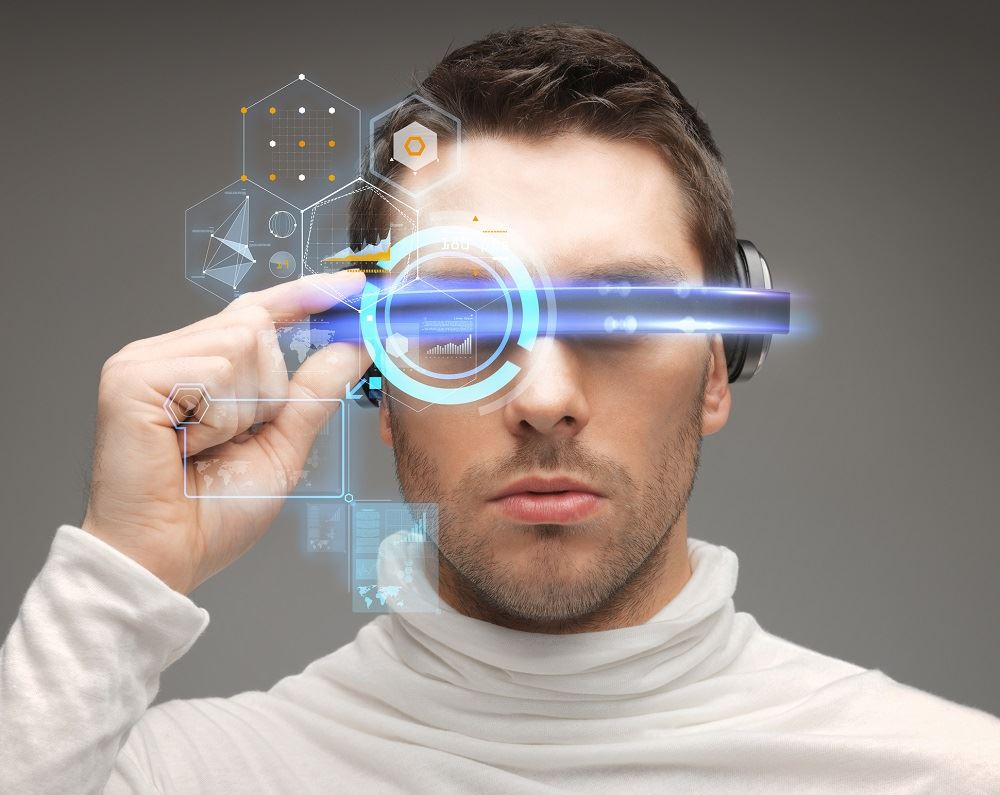Discover Advanced Assistive Devices for People With Visual Disabilities
The landscape of assistive modern technology for people with aesthetic problems is advancing swiftly, presenting a range of cutting-edge devices that improve freedom and involvement. From clever glasses that seamlessly merge aesthetic input with acoustic advice to innovative navigating applications that redefine spatial understanding, these tools are reshaping possibilities.
Smart Glasses Innovations
Smart glasses represent a considerable improvement in assistive technology for people with visual problems. These ingenious devices incorporate various attributes developed to boost the individual's interaction with their atmosphere. Equipped with sensing units and cameras, clever glasses can capture real-time visual details, which is then refined and conveyed to the individual via sound responses or haptic feelings. This capability allows individuals to obtain immediate summaries of their environments, enhancing their ability to engage and navigate with the globe.
In addition, improvements in synthetic knowledge have additionally boosted the capabilities of smart glasses. Maker knowing algorithms can acknowledge faces, checked out message, and determine items, making them invaluable tools for daily tasks. Users can receive acoustic cues that provide context regarding their atmosphere, promoting independence and confidence.
Furthermore, the ergonomic style and lightweight nature of lots of wise glasses make them appropriate for extended use, ensuring comfort while boosting capability. As these tools proceed to progress, they hold the prospective to reinvent the method individuals with visual impairments experience their every day lives, bridging the void in between availability and innovation. The continuous r & d in this area assurance to increase the opportunities for clever glasses, making them a necessary element of contemporary assistive tools.
Navigating Application and Tools
Numerous navigating apps and devices have become important sources for people with visual problems, dramatically enhancing their capability to go across unknown atmospheres. These modern technologies utilize general practitioner functionality, audio signs, and real-time data to provide customers with accurate navigating help.
One prominent instance is the Aira app, which attaches users to experienced agents that can supply aesthetic descriptions of surroundings and navigation advice with a real-time video feed. This solution enhances the individual's spatial awareness and confidence while browsing. One more notable device is Seeing Eye GPS, which offers voice-guided navigation and sights, allowing customers to accessibility vital info concerning their surroundings.

As innovation continues to development, the growth of extra sophisticated navigation tools promises to further empower individuals with visual impairments, promoting smooth mobility and combination right into varied atmospheres. Such advancements are critical in promoting a much more inclusive society.
Braille Technology Advancements
In recent times, developments in Braille modern technology have dramatically transformed how individuals with visual impairments accessibility info and involve with the globe around them. The development of portable Braille screens has actually revolutionized reading by permitting users to connect wirelessly to computer systems, tablets, and mobile phones. These gadgets convert message into Braille in real-time, enabling seamless interaction with digital material.
Additionally, cutting-edge Braille printers have actually arised, boosting the manufacturing of responsive products. Modern embossers are quicker and a lot more effective, permitting the quick production of Braille papers and instructional products. This effectiveness minimizes the time and expense related to producing Braille sources, making them more easily accessible to companies and institutions.
Furthermore, the combination of Braille with other technologies, such as fabricated knowledge and equipment discovering, has opened new methods for tailored understanding experiences. Voice acknowledgment and synthesis innovations can complement Braille, giving a comprehensive method to information circulation.
As the demand for inclusive education and learning and work environment environments expands, these technical improvements play a vital function in encouraging people with visual impairments, guaranteeing they have equal access to details and chances in various facets of life.
Wearable Instruments for Freedom
An expanding array of wearable gadgets is enhancing freedom for individuals with aesthetic disabilities, offering ingenious solutions that enhance navigation and daily living. Braille displays and notetakers. These devices make use of sophisticated innovations to supply real-time responses and assistance, advertising autonomy in different atmospheres

Wearable technology also consists of smartwatches that can be set with availability functions, enabling customers to get notices, track their locations, or also call for help with the touch of a button. Some gadgets integrate fabricated intelligence to evaluate the atmosphere, offering audio descriptions of nearby things or individuals.
Voice-Activated Assistive Solutions
Leveraging voice-activated assistive remedies has changed the landscape of assistance for individuals with visual disabilities, giving hands-free interaction and accessibility to a range of tasks. These modern technologies utilize all-natural language handling and expert system to allow customers to execute everyday tasks via straightforward voice commands.

In addition, recent innovations in voice acknowledgment accuracy have actually enhanced the customer experience substantially, suiting diverse accents and speech patterns. This inclusivity ensures that even more individuals can take advantage of these modern technologies, fostering a higher feeling of freedom.
Conclusion
In conclusion, the development of innovative assistive gadgets substantially improves the freedom and quality of life for people with aesthetic problems. Developments such as wise glasses, navigating apps, Braille modern technology, check wearable gadgets, and voice-activated options jointly cultivate a more inclusive environment. These modern technologies equip individuals to navigate their surroundings with confidence and engage more fully with the globe, inevitably advertising better availability and equivalent chances for people facing visual challenges.
The landscape of assistive innovation for individuals with aesthetic problems is advancing swiftly, providing a variety of ingenious cheap eye exams gadgets that improve autonomy and engagement.Smart glasses represent a significant advancement in assistive technology for individuals with aesthetic problems. As these tools proceed to advance, they hold the possible to transform the means people with aesthetic disabilities experience their daily lives, connecting the space between accessibility and modern technology.In recent years, advancements in Braille modern technology have actually dramatically changed just how individuals with aesthetic problems gain access to info and involve with the globe around them. These innovations equip users to browse their surroundings with confidence and engage more totally with the globe, eventually promoting better availability and equal possibilities for individuals facing aesthetic challenges.